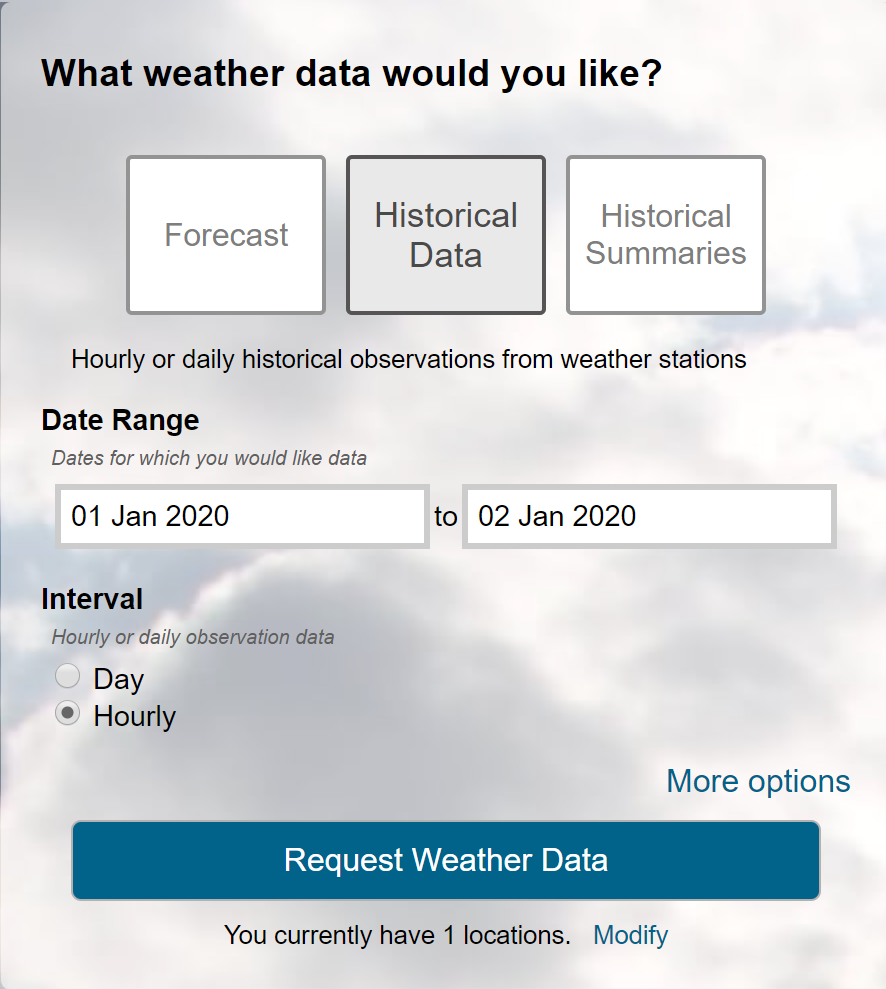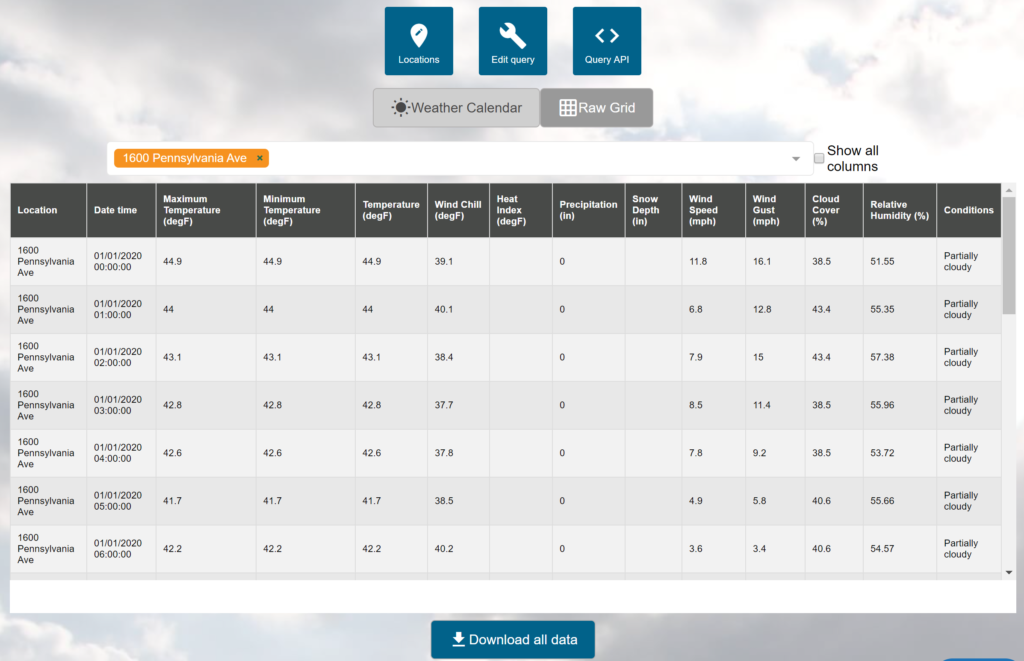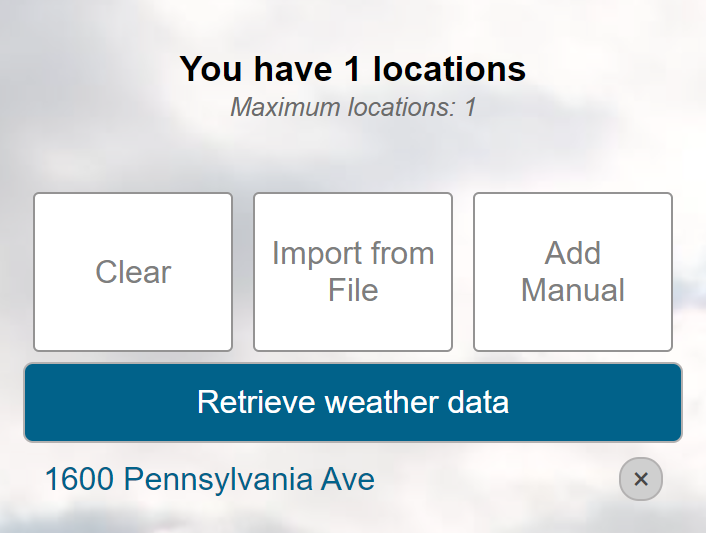Insurance professionals are often called upon to verify insurance claims to see if they make sense given the surrounding circumstances. Frequently those claims involve questions relating to weather. For example, the claimant may report that a heavy storm toppled a tree onto a shed. Did a storm with destructive winds likely come through the claimant’s area on the date in question? Another example relates to a car accident. The driver may report rainy or icy conditions being the primary factor in their fender-bender. Was it really raining during the time of the accident question? Was it cold enough to be icy in the area?
In this article, I’ll show you how to use historical weather data to quickly and easily find the weather conditions for any specific time or time range. This will allow you to determine if the weather conditions at the time of an insurance claim event could reasonably have been a factor.
Our monthly plans now include historical reports for hail, tornados, wind damage and earthquakes. For more information see how you can add historical weather damage reports to your queries.
Solving the Problem Using Historical Weather Data
If you have a single event at a specific date or time, finding the matching weather reports is quite easy using a tool such as Visual Crossing Weather. First log into your Visual Crossing Weather account. If you don’t already have an account you can sign up for a free trial on the login page.
You will first be prompted to manually enter the incident location. Simply enter the address as free-form text. It will be automatically converted to the proper latitude and longitude in a process known as geocoding. Next you will be prompted to select the date range. For a specific day, simple select that day as the starting point and day after it as the ending point. Then select the radio button for hourly data.

When you run the query, you will now see the weather reports for the location hour-by-hour throughout the requested day. You can use the grid view and scroll down to the hours of interest. The weather records will show you exactly what it was like at that location at the specified time.

In the example that I used, you can see that is was cool but not overly cold outside the White House on the morning of January 1, 2020. Also there was no precipitation. So it is unlikely that the roads were icy or vision limited due to rain or snow. Likewise, we can see that although there was a small breeze, the wind gusts were unlikely to cause any damage. (Wind gusts below 40 mph typically do not cause damage.)
Delving Deeper
Sometimes you need more detailed data than this basic example provides. One more complex scenario is when storms and rain over a period of several days cause damage or dangerous conditions. Analyzing these cases with Visual Crossing Weather is also easy. To select a more broad date range, simply use the date selector to pick a starting date well before the incident. Typically, 3-5 days before is a good period to analyze. You can use the hourly weather records to see the conditions the led up to the event.
Another scenario is when you need to analyze data at multiple locations for comparison. In some cases you will want to analyze the same time window across all locations while in others you will need to analyze different dates for each location. This is also easy. To add more locations for the same date range, simply click on the Locations button at the top of the grid and manually enter additional locations. Alternately, if you have locations already entered into a spreadsheet, you can save time by loading them directly. If you want to use multiple locations and multiple dates, loading from a spreadsheet will get you the data that you need quickly.

You may also want to download these historical weather records for various purposes including further analysis in a tool or to include in a report. To do so, simply click the Download all data button at the bottom of the grid view. The data can then be printed or imported into any analysis tool. If you prefer to work in Microsoft Excel, you can make a direct connection to your live results. The query results can be loaded directly into Excel via a URL. Alternately, you can download our Excel extension and run the entire query process directly in the Excel interface.
Why use Visual Crossing Weather?
Visual Crossing Weather has many features that make it ideal for insurance analysis. Some of those feature include:
- High-quality, accurate hourly and daily weather records
- Ability to enter locations as free-form text addresses
- Easy-to-use query interface
- View historical weather records directly on a web page
- Load weather records into Excel and export data for reports
- Worldwide historical weather database going back decades
- Free option for occasional users
- Low cost for both individual and higher-volume team & enterprise use
- Expert support available to help you understand the weather data
- Certified reports available that compare multiple sources for optimal accuracy and data traceability
